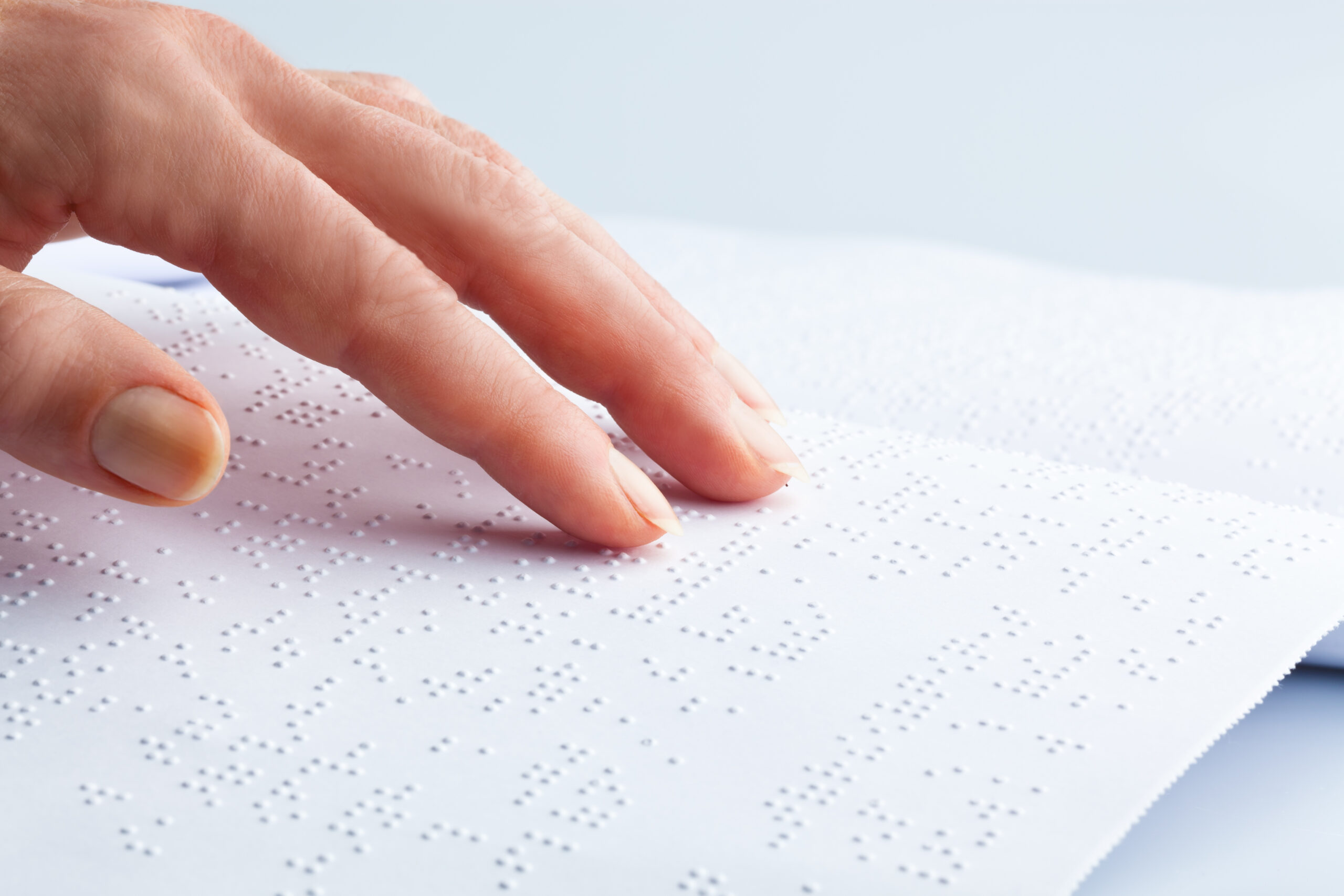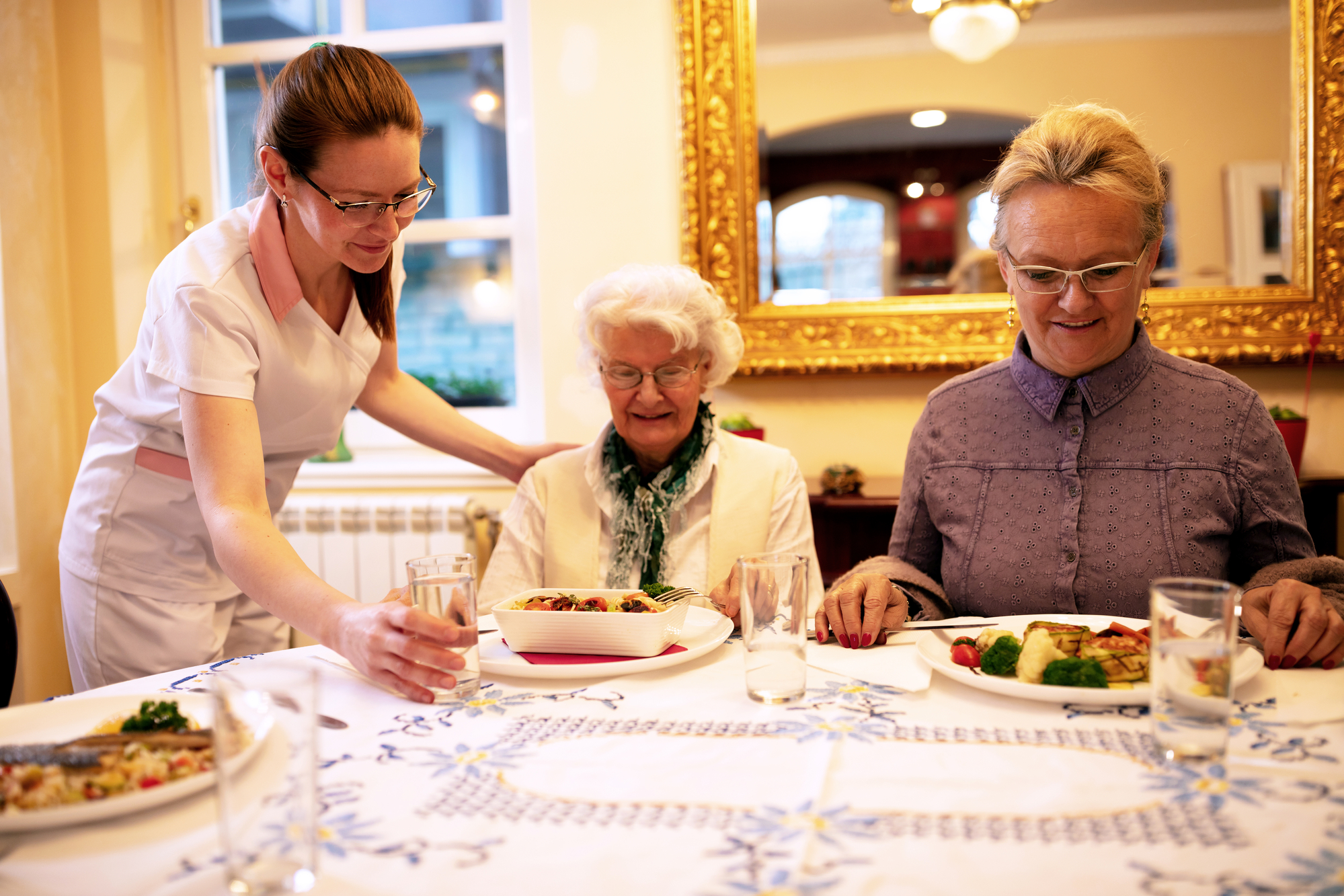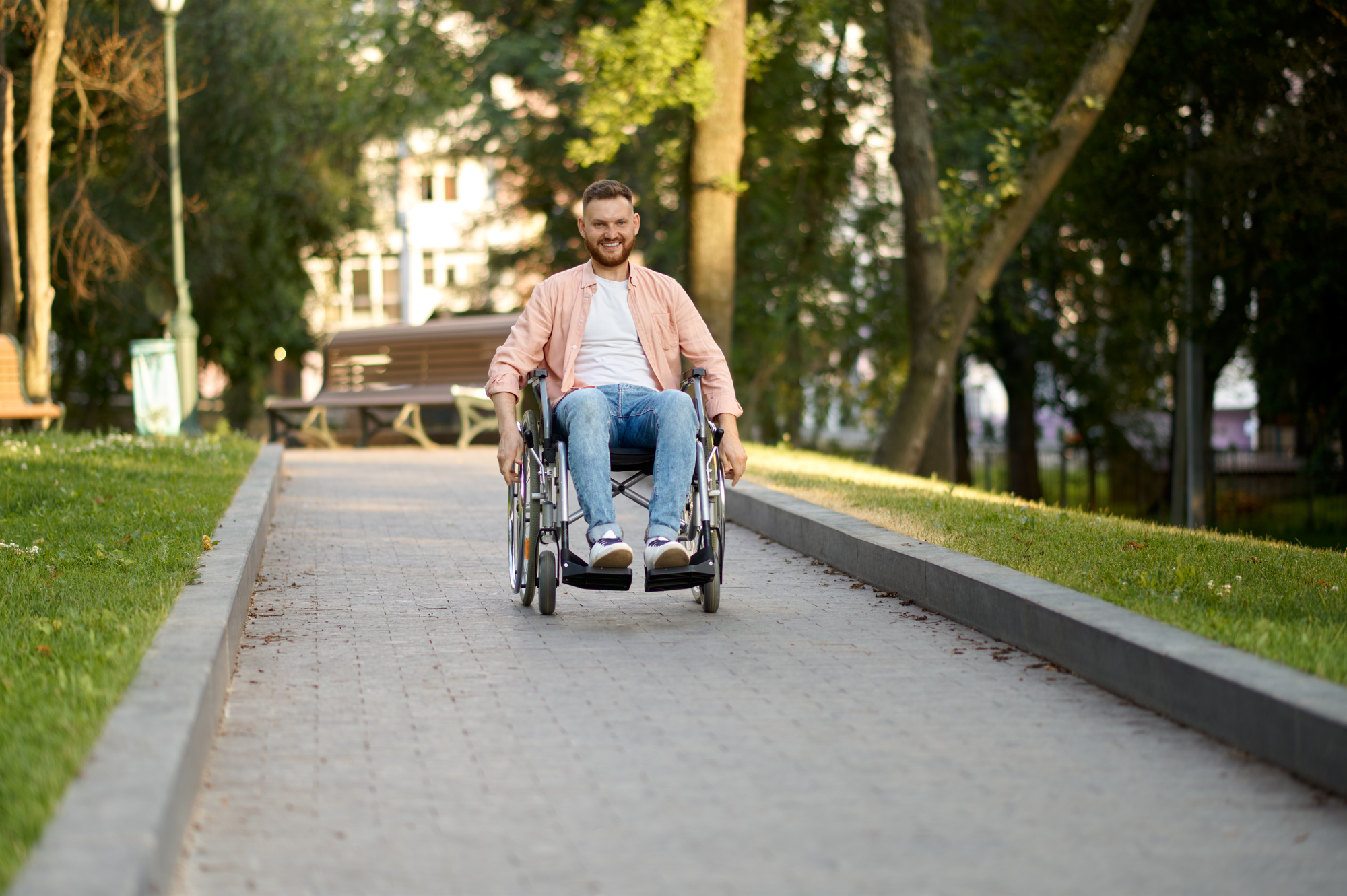The customer experience is considered the top priority for restaurant owners. In designing your restaurant, you should keep in mind its accessibility for everyone. Disabled guests who dine in with their friends and families should be as comfortable and welcomed as everyone else.
While the Federal Disability Discrimination Act 1992 (DDA) provides a checklist for things to consider in your establishment for people with disabilities, here’s a list of things you can do to provide them extraordinary service while in your restaurant.
1. Use the Braille System

Braille is a tactile writing system wherein raised dots are used to help those are visually impaired read. It is read by moving the hand or hands from left to right along each line. Post braille signs in areas in your restaurant that may be frequently visited by diners. For example, you may include it on bathroom signs and at the pickup window. You can even include Braille in your menu.
2. Treat them equally; in an inclusive manner

When a disabled person enters your restaurant, greet them like how you would greet any customer. Do not make them feel different or awkward. This is why it is important to train your staff ahead of time, so that they would know how to properly facilitate customers of all abilities. There is no need to treat them differently, simply be aware and alert in case the guest needs assistance.
3. Raise awareness and inclusivity through training

Your personnel should be well-aware of how to attend to people with disabilities. Provide them with training to improve their knowledge on the several types of disabilities and how they can cater their service to each type of customer. Your staff must be able to know how and when they should help. For example, a person with a visual disability may need help in reading the menu, or if someone needs help in going to certain areas like the bathroom. Servers should be on call to the table in case they need additional assistance.
Nothing says good customer service like going the extra mile to assist your customers. Your staff should know when to offer additional assistance needed by disabled customers, such as rearranging seats, holding doors open, providing supplementary table service, etc. Making sure that all your patrons feel welcome and comfortable is a must for every restaurant.
4. Make pathways wider; more convenient

The DDA requires that public spaces such as restaurants be accessible for those with disabilities. In your restaurant, you would want to provide ample space for clearance on either side of the aisles for wheelchair users. It would also be more convenient for those with other mobility disabilities such as those using walkers and canes. This also ensures that other guests will not be bumped into or disturbed. There would be no need for disabled diners to ask other people to move their chairs so they can pass by.
5. Be patient

When assisting a disabled person, you should not be in a hurry. Train your staff to be patient and wait for instructions from the guest. It is not always that the staff can tell if a customer is having difficulty. For example, someone with hearing disability may need servers to repeat themselves. The key is making the customer feel comfortable, so the staff should not be rude despite the difficulty.
6. Provide accessible and spacious bathrooms
 I
I
t is common practice in restaurants to provide a separate bathroom for disabled people and the elderly to provide them additional space and privacy. This gives them a more comfortable experience if they have ample space to move around. It also helps to install handrails to help guests with their balance while maneuvering, and also providing sinks that are low enough to be accessed by anyone.
7. Don’t treat them differently

There are cases when people have certain disabilities that are not common. Neuromuscular disorders, cognitive disabilities, motor tics, and other unfamiliar disabilities are judged harshly by those who don’t recognize them. It is crucial that your staff receives sensitivity training so that they would not feel uncomfortable if someone with these types of disabilities visits your restaurant. The servers should be relaxed around them so that in turn your customers would feel the same way.
Your restaurant must be accessible to people with all abilities. This can be achieved by making small adjustments in your restaurant. These seemingly small changes, however, can address big challenges faced by patrons with disabilities. Remember that patience is key and that you must be able to provide extra assistance when needed. Take the extra step even, and initiate to provide assistance that will give your customers the pleasant dining experience they deserve. Understanding the needs of everyone in your restaurant will go a long way in providing better customer service
Source: Retroplus

